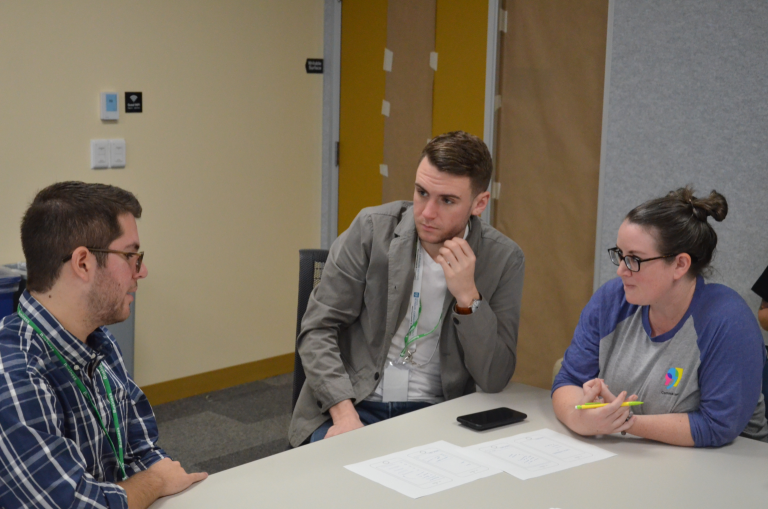After you decide on your Single Biggest Thing and work toward habits that will help you get from where you are to where you want to be, you next turn your attention outward—to those around you who will have a role in your success.
In his journey from advertising account executive to C suite superstar, David Novak developed a leadership approach based on advertising principles he learned at the University of Missouri. His approach emphasized identifying and learning from those around him who would be key to achieving his goals. This ultimately became the “Taking People with You” leadership program that he taught to thousands of managers around the world.
David’s approach is based on strategic communication principles that stress the importance of knowing your audience—what they think and how they make decisions. In the context of achieving big goals, this means you must identify the people who can help (or hinder) your progress and learn what they think, how your goals fit within their reality, and how you can take them with you on your way to success.
Build a people map
To start this process, grab a piece of paper and write your Single Biggest Thing in the center. Next, write the names of people or groups you might encounter along your journey. Think of your team or co-workers, stakeholders, customers—anyone who has a role in what you want to do.
Don’t forget to think about your family and others outside of your professional or business environment. Consider people who support you as well as those who don’t. Your goal is to have an accurate map of the people who you will need to take with you to achieve your goal.
Want a template to create your people map?
Seek insights
The concept of insight in strategic communication refers to the ideas or discoveries gained from understanding your audience. Applied to the individuals on your people map, this means understanding their perceptions and attitudes.
The simplest way to understand others is to ask them questions. As a CEO, David relied on three: What’s working? What’s not? What would you do if you were me? The answers to these questions helped him learn about perspectives that might otherwise never have been shared.
It’s hard to overstate the importance of this process. Too often, leaders propose bold ideas only to discover later, after their progress has faltered, that the people around them held perceptions or beliefs that prevented them from supporting the leader’s ideas.
To learn a strategic approach to gathering insights, click the link below.
Turn insights into action
This process of finding out what people really think requires humility and a desire to learn. After all, you might hear things you didn’t expect or face attitudes that seem at odds with your Single Biggest Thing.
David learned this lesson while trying to make the move from marketing to operations at PepsiCo. In discussions with leaders around him, he encountered suggestions that he was good at marketing and should stay where he was. This frustrated David, but it also taught him a lesson.
It was better to understand their viewpoints than to remain in the dark about what they thought. And their perceptions pointed the way forward for David. He realized he needed to help these people see he had skills that went beyond marketing.
Turning a disappointing insight into an opportunity for growth enabled David to change the minds of people around him and led directly to his first operational leadership role as chief operating officer of Pepsi-Cola Company.
Once you know what people think, you can take those insights and turn them into an action plan. What perceptions, habits, or beliefs do you need to build, change, or reinforce to take people with you?
The answers to this question will inform your approach to working with others on your journey to your Single Biggest Thing and help to ensure your efforts are relevant and resonate with those around you.
